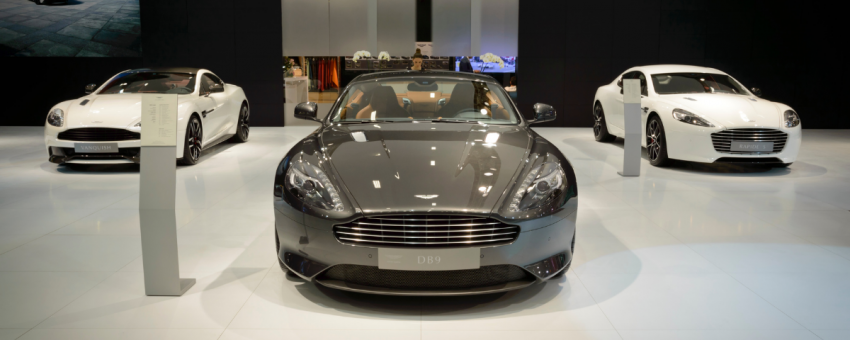Over the years, the cars featured in certain movies have provided the inspiration that resulted in us choosing a particular make or model of car, whether we purchased it from new or second hand.
Movies seem to influence us in many different ways when we watch them, today it is cars, tomorrow fashion! So if you have not had the fortune to watch any of these movies with their famous cars, then you may want to look at the various streaming platforms they may be on and check out the best vpn for netflix if they are available in one region but not yours so you have the chance to watch them when you want without restrictions. Oh! Not to forget, you should also have a stable and fast internet connection that can help you stream movies faster and improve your overall experience! Look for good service providers (similar to the ones providing details of earthlink or viasat internet plans) to enjoy your movies in high definition!
However, when we speak about cars in movies, three particular vehicles spring to mind. There is the Aston Martin DB5 from the James Bond movie franchise, the DeLorean from the Back to the Future films, and the more affordable Mini Cooper from The Italian Job. So, let us explore all three and how they have affected car-buying decisions over the years for many of us, which continue into the present.
The James Bond Aston Martin DB5 (1964)
Painted in Silver Birch and including gadgetry such as an ejector seat, revolving number plates, bulletproof shield, machine guns, and tyre slashers, the DB5 first hit movie screens in 1964 when appearing in the Jame Bond movie Goldfinger. This has to be one of the most iconic movie cars, appearing in several of the James Bond movies since, including Thunderball, Goldeneye, and now “No Time to Die”.
The “DB” lettering in the model name comes from Sir David Brown, who was previously a tractor manufacturer. He would purchase Aston Martin alongside Lagoda in his efforts to enter the road car business. Since becoming involved, his initials have appeared on every model of Aston Martin produced.
Back to the Future’s DeLorean DMC-12 Time Machine (1985)
The DeLorean would first appear in a Back to the Future movie in 1985, and then again in Back to The Future II and III. Apart from being constructed from stainless steel, the car incorporated an iconic gull-wing door opening mechanism. This is what appealed most to people about the car, apart from its aesthetically pleasing wedge-shaped design. Everyone then wanted to enter and exit their car this way. If you are hoping to find a DeLorean today then they are rare to obtain. This is because they had a very short production run. A mere 9,000 were produced between 21 January 1981 and late December 1981, when DMC filed for bankruptcy.
Other gull wing cars produced include the Pagani Huayra, Mercedes 300SL Coupe, Tesla Model X, Apollo IE, Gumpert Apollo, and the Mazda Autozam AZ-1. So, even though the DeLorean is scarce and no longer in production, there are plenty of other gull wings out there for you to enter, just as if you were Marty McFly from the Back to the Future movies. For an additional piece of trivia, this is how the band McFly, of pop chart fame, ended up with their name.
The Italian Job’s Mini Cooper (1969)
The above, will not come cheap, so it is nice to know that you can obtain a car associated with the movies for less money. You could go for an old or new Mini Cooper, albeit with the new ones looking slightly different in design.
The mini, launched in 1959 by Alec Issigonis to provide an economical car when Britain has been crippled by an oil crisis in 1956, went on to develop something of a romantic image from appearing in The Italian Job movie. Perhaps this was because it had Turin as its backdrop. Before this, the mini cooper had associations with motor racing. It won the constructor’s and Driver’s titles during the World Formula 1 championships of 1959 and 1960.
Now owned by BMW, which it has been since 2000, Mini continues to produce cars. This is to continue the legacy that Issignois created.
Previous companies producing Minis include British Motor Corporation (1959-1968), British Leyland (1968-1986), and Rover Group (1986-2000).
If you want a small car today, then the Mini remains an economical solution.
So, this has been a chance to reminisce for those who remember and continue to watch these movies. If you desire to follow in the footsteps of the movie stars, authors, scriptwriters, and directors who brought these vehicles to life, then you will understand how glamorous as well as practical motoring can be.


